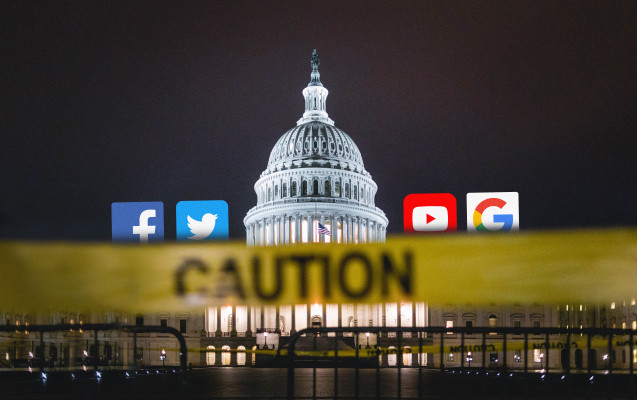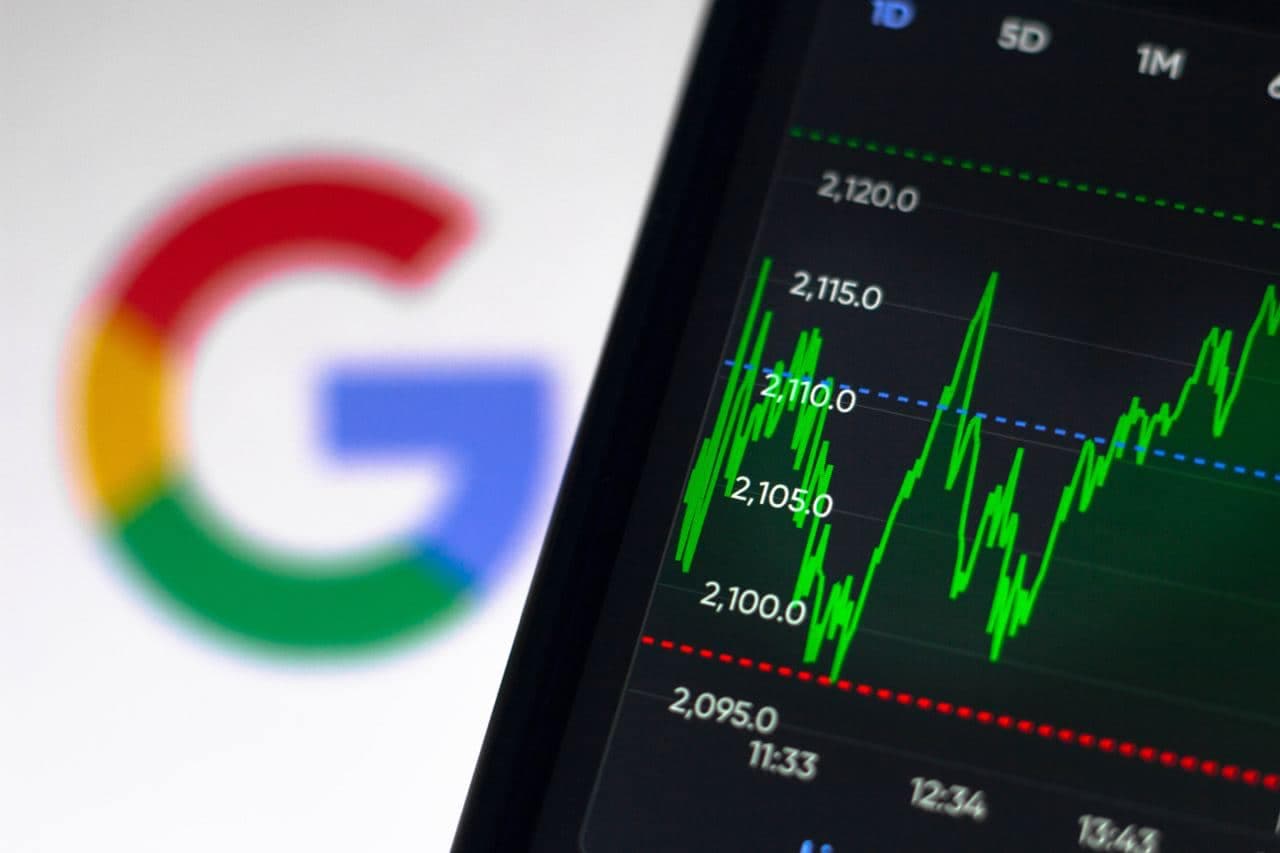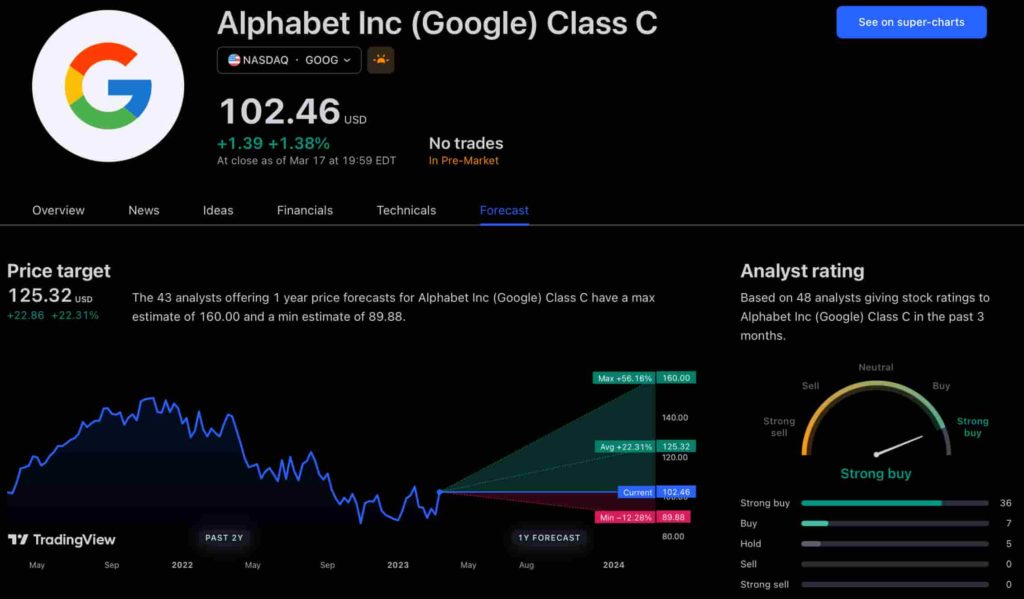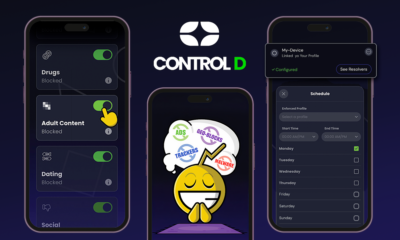The new app is called watchGPT and as I tipped off already, it gives you access to ChatGPT from your Apple Watch. Now the $10,000 question (or more accurately the $3.99 question, as that is the one-time cost of the app) is why having ChatGPT on your wrist is remotely necessary, so let’s dive into what exactly the app can do.
NEWS
Banning digital political ads gives extremists a distinct advantage

Jack Dorsey’s announcement that Twitter will no longer run political ads because “political messages reach should be earned, not bought” has been welcomed as a thoughtful and statesmanlike contrast to Mark Zuckerberg’s and Facebook’s greedy acceptance of “political ads that lie.” While the 240-character policy sounds compelling, it’s both flawed in principle and, I fear, counterproductive in practice.
First: like it or hate it, the U.S. political system is drowning in money. In 2018, a non-presidential year, it is estimated that over $9B was spent on the U.S. elections. And unless laws change, more will continue to flow. Banning digital ads will not reduce the amount of money in politics, and will simply shift it to less transparent channels. In an ideal world, it would be great if all “political messages were earned and not bought,” but that is not how our system works. Candidates, Super PACs, C4s and others already allow the majority of their budgets to be swallowed up by other, less visible, accountable and cost-effective, channels — including television, mail, telephone, and radio.
More likely, at least some of the money will end up with even less transparent organizations that aren’t deemed “political,” but very much are.
Second, banning digital political ads will not only hurt the very candidates people should want to help, it will also damage our democratic process. Analog mediums are significantly more expensive and inefficient than digital ones, so candidates who have a lot of money and/or have spent time cultivating their followings will continue to dominate. In other words, incumbent candidates, rich people and reality TV stars enjoy an outsized advantage when digital advertising is denied.
A recent Stanford study found that, at the state house level, more than 10 times as many candidates advertise on Facebook than advertise on television. The research found that digital ads lowers advertising costs, which expands the set of candidates for whom advertising — and thus the potential to reach voters and seriously contest an election — is a real possibility.
Lesser well-known, but often highly-qualified candidates at the state, local and federal level are precisely the people who have been celebrated for their new perspectives, creative ideas and commitment to shake up the system. People who put their heads down, do good work in their communities and decide to run because they want to make a difference will be the ones that are disadvantaged.
You know who gets plenty of earned media opportunities? Donald Trump. He will be fine. In fact, he will be better than fine because we’ve just handed him and more extremist candidates like him a distinct advantage.
Democracy is about the combination of free speech and transparency. As the old adage goes, sunlight is the best disinfectant, so here are a few ideas that would be more effective than a ban:
- Adding a “nutrition label” to political ads offers a more accessible, understandable and consistent way to identify the identities of the funder, their location, their budget and their target audience. This should be easily accessed, in any political ad via one click, just like we know where to find nutrition information on food we buy.
- Enhance “consumer beware” acknowledgments so that if digital political ads remain exempt from fact-checking (as they mostly are on television), platforms have a duty to make that clear with visual signals and user education.
Ultimately, decisions about what is permissible political speech and appropriate distribution and targeting is too important to be left to technology platforms and their conceptions of the public interest.
Do we want Google, Facebook and Twitter making the rules for all political ads and being responsible for enforcing them? What we need is a true oversight body — one with teeth. If non-political advertisers make false claims about their own products or those of their competitors, they can be fined by the FTC. This is an acknowledgment, not only that consumers need accurate facts, but also that companies can not police themselves. This is far too much power for them.
This isn’t a way to let technology companies off the hook, as there is plenty more they can do as noted above. But we need a truly independent organization overseeing political ads — the rules that govern them and holding organizations accountable to following those rules. Is this the FEC? I’m not sure.
As I write this today, I worry that no agency truly has the capacity or the expertise to create these rules and challenge bad campaign practices. We should remedy this post-haste and get to finding true solutions. The alternative seems easier and even principled to fight for, but the unintended consequences will be swift — a government full of the types of people who we say we don’t want.
Facebook Faces Yet Another Outage: Platform Encounters Technical Issues Again

Uppdated: It seems that today’s issues with Facebook haven’t affected as many users as the last time. A smaller group of people appears to be impacted this time around, which is a relief compared to the larger incident before. Nevertheless, it’s still frustrating for those affected, and hopefully, the issues will be resolved soon by the Facebook team.
Facebook had another problem today (March 20, 2024). According to Downdetector, a website that shows when other websites are not working, many people had trouble using Facebook.
This isn’t the first time Facebook has had issues. Just a little while ago, there was another problem that stopped people from using the site. Today, when people tried to use Facebook, it didn’t work like it should. People couldn’t see their friends’ posts, and sometimes the website wouldn’t even load.
Downdetector, which watches out for problems on websites, showed that lots of people were having trouble with Facebook. People from all over the world said they couldn’t use the site, and they were not happy about it.
When websites like Facebook have problems, it affects a lot of people. It’s not just about not being able to see posts or chat with friends. It can also impact businesses that use Facebook to reach customers.
Since Facebook owns Messenger and Instagram, the problems with Facebook also meant that people had trouble using these apps. It made the situation even more frustrating for many users, who rely on these apps to stay connected with others.
During this recent problem, one thing is obvious: the internet is always changing, and even big websites like Facebook can have problems. While people wait for Facebook to fix the issue, it shows us how easily things online can go wrong. It’s a good reminder that we should have backup plans for staying connected online, just in case something like this happens again.
NEWS
We asked ChatGPT what will be Google (GOOG) stock price for 2030

Investors who have invested in Alphabet Inc. (NASDAQ: GOOG) stock have reaped significant benefits from the company’s robust financial performance over the last five years. Google’s dominance in the online advertising market has been a key driver of the company’s consistent revenue growth and impressive profit margins.
In addition, Google has expanded its operations into related fields such as cloud computing and artificial intelligence. These areas show great promise as future growth drivers, making them increasingly attractive to investors. Notably, Alphabet’s stock price has been rising due to investor interest in the company’s recent initiatives in the fast-developing field of artificial intelligence (AI), adding generative AI features to Gmail and Google Docs.
However, when it comes to predicting the future pricing of a corporation like Google, there are many factors to consider. With this in mind, Finbold turned to the artificial intelligence tool ChatGPT to suggest a likely pricing range for GOOG stock by 2030. Although the tool was unable to give a definitive price range, it did note the following:
“Over the long term, Google has a track record of strong financial performance and has shown an ability to adapt to changing market conditions. As such, it’s reasonable to expect that Google’s stock price may continue to appreciate over time.”
GOOG stock price prediction
While attempting to estimate the price range of future transactions, it is essential to consider a variety of measures in addition to the AI chat tool, which includes deep learning algorithms and stock market experts.
Finbold collected forecasts provided by CoinPriceForecast, a finance prediction tool that utilizes machine self-learning technology, to anticipate Google stock price by the end of 2030 to compare with ChatGPT’s projection.
According to the most recent long-term estimate, which Finbold obtained on March 20, the price of Google will rise beyond $200 in 2030 and touch $247 by the end of the year, which would indicate a 141% gain from today to the end of the year.
Google has been assigned a recommendation of ‘strong buy’ by the majority of analysts working on Wall Street for a more near-term time frame. Significantly, 36 analysts of the 48 have recommended a “strong buy,” while seven people have advocated a “buy.” The remaining five analysts had given a ‘hold’ rating.

The average price projection for Alphabet stock over the last three months has been $125.32; this objective represents a 22.31% upside from its current price. It’s interesting to note that the maximum price forecast for the next year is $160, representing a gain of 56.16% from the stock’s current price of $102.46.
While the outlook for Google stock may be positive, it’s important to keep in mind that some potential challenges and risks could impact its performance, including competition from ChatGPT itself, which could affect Google’s price.
Disclaimer: The content on this site should not be considered investment advice. Investing is speculative. When investing, your capital is at risk.
NEWS
This Apple Watch app brings ChatGPT to your wrist — here’s why you want it

ChatGPT feels like it is everywhere at the moment; the AI-powered tool is rapidly starting to feel like internet connected home devices where you are left wondering if your flower pot really needed Bluetooth. However, after hearing about a new Apple Watch app that brings ChatGPT to your favorite wrist computer, I’m actually convinced this one is worth checking out.
-

 PPC5 days ago
PPC5 days ago19 Best SEO Tools in 2024 (For Every Use Case)
-

 MARKETING6 days ago
MARKETING6 days agoStreamlining Processes for Increased Efficiency and Results
-
SEARCHENGINES6 days ago
Daily Search Forum Recap: April 17, 2024
-

 SEO6 days ago
SEO6 days agoAn In-Depth Guide And Best Practices For Mobile SEO
-

 PPC6 days ago
PPC6 days ago97 Marvelous May Content Ideas for Blog Posts, Videos, & More
-
SEARCHENGINES5 days ago
Daily Search Forum Recap: April 18, 2024
-

 MARKETING5 days ago
MARKETING5 days agoEcommerce evolution: Blurring the lines between B2B and B2C
-
SEARCHENGINES4 days ago
Daily Search Forum Recap: April 19, 2024















